HIV services in sub-Saharan Africa: the greatest gap is men
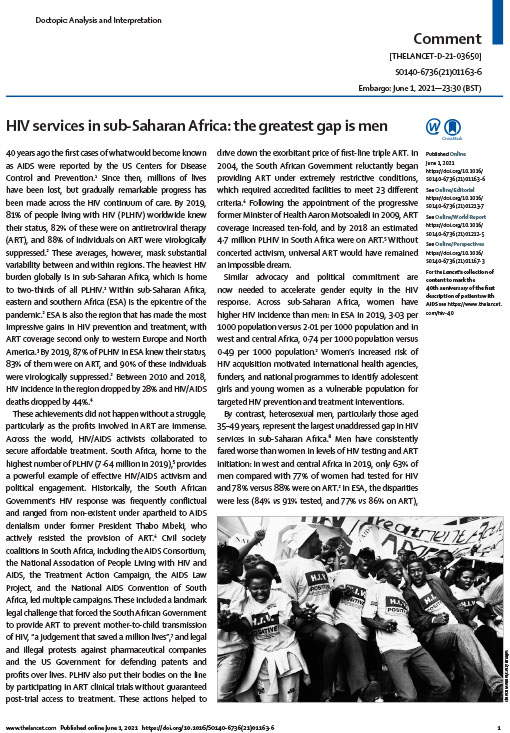
40 years ago the first cases of what would become known as AIDS were reported by the US Centers for Disease Control and Prevention. Since then, millions of lives have been lost, but gradually remarkable progress has been made across the HIV continuum of care. By 2019, 81% of people living with HIV (PLHIV) worldwide knew […]
Improving health with programmatic, legal, and policy approaches to reduce gender inequality and change restrictive gender norms
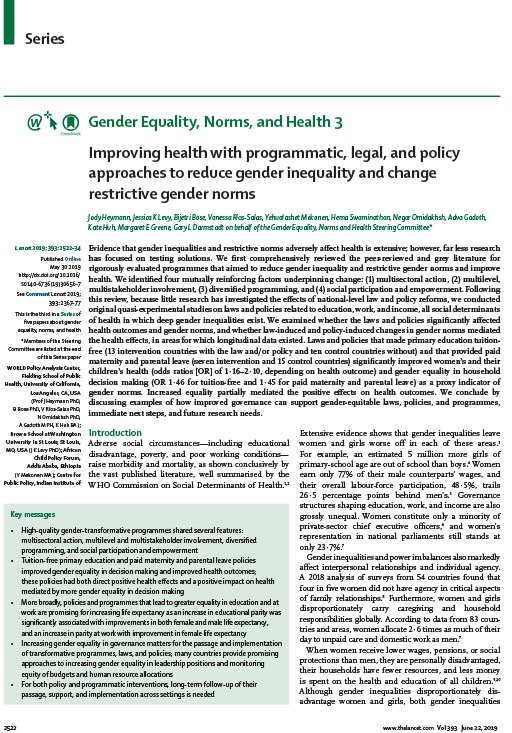
Evidence that gender inequalities and restrictive norms adversely affect health is extensive; however, far less research has focused on testing solutions. We first comprehensively reviewed the peer-reviewed and grey literature for rigorously evaluated programmes that aimed to reduce gender inequality and restrictive gender norms and improve health. We identified four mutually reinforcing factors underpinning change: […]
Strategies for engaging men in HIV services
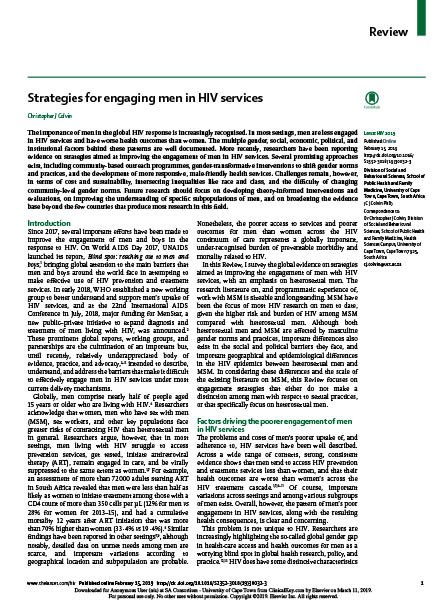
The importance of men in the global HIV response is increasingly recognised. In most settings, men are less engaged in HIV services and have worse health outcomes than women. The multiple gender, social, economic, political, and institutional factors behind these patterns are well documented. More recently, researchers have been reporting evidence on strategies aimed at […]
Burundi Plan Operationnel d’Integration de la Circoncision Masculine dans le Paquet des Services Offerts dans les Structures des Soins

The 2010-2015 operational plan for integrating male circumcision into the package of services offered at health facilities in Burundi includes information on the objectives of service integration, the target population, service delivery strategies, programme reach, communication activities, human resource development, advocacy, quality assurance, service availability, follow-up evaluation, supply chain management, programme coordination and management, and […]
Kenya National Voluntary Medical Male Circumcision Strategy, Second Edition, 2014/15 – 2018/19
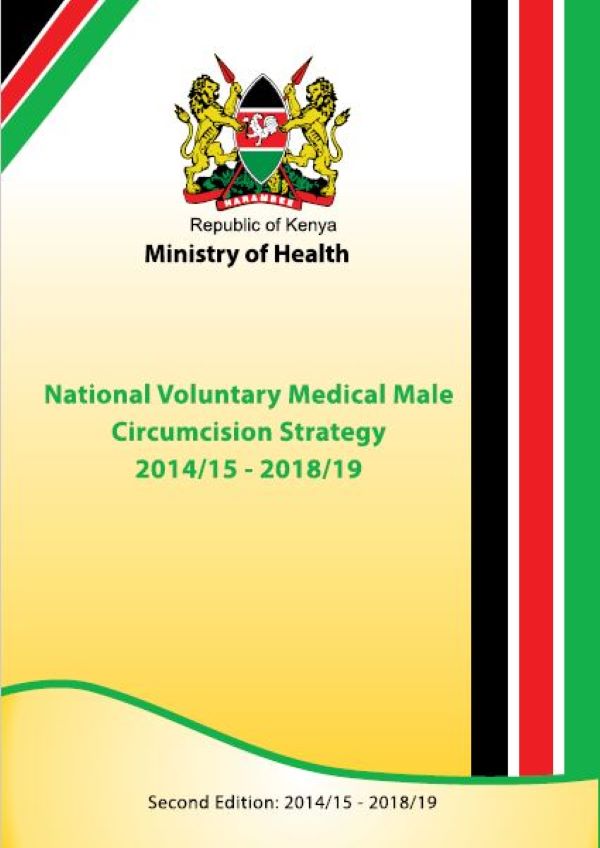
The national strategy and operational plan for the second phase of Kenya’s voluntary medical male circumcision program incorporates lessons from the first phase of implementation and recommendations from studies conducted in Kenya. It also addresses emerging issues and opportunities for scale-up of VMMC services, including the introduction of WHO pre-qualified male circumcision devices and early […]
Swaziland Policy on Safe Male Circumcision for HIV Prevention
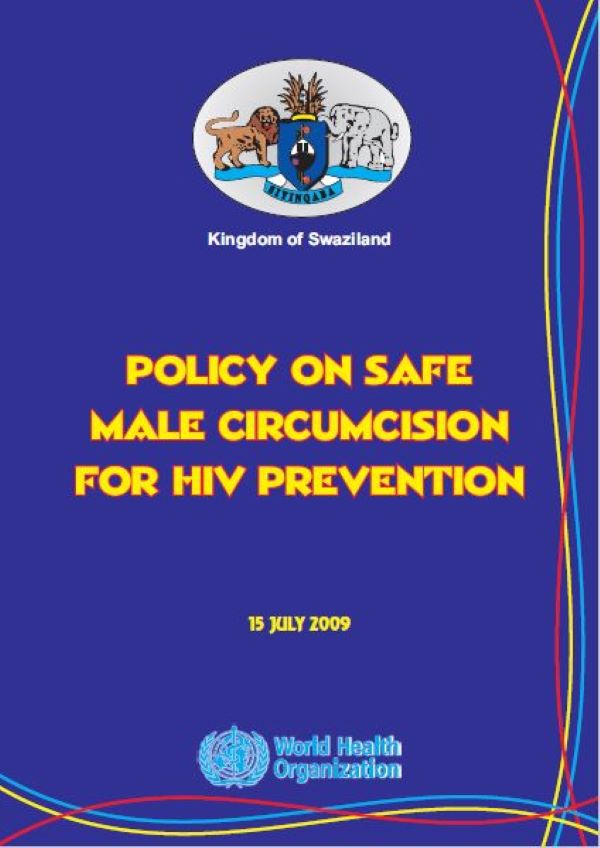
The Government of the Kingdom of Swaziland developed this policy on male circumcision and HIV prevention to provide a framework to guide the provision of safe, accessible, and sustainable male circumcision services. This policy shall be implemented in the context of the National Health Policy and the National Multisectoral HIV and AIDS Policy and Strategy, […]
Uganda Safe Male Circumcision Policy
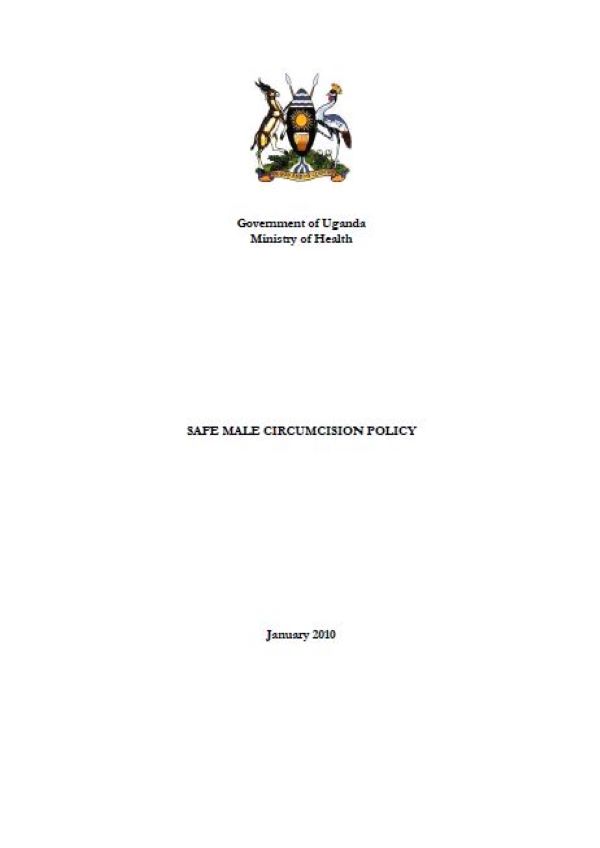
Uganda’s Safe Male Circumcision Policy was developed through participatory and consultative processes and was informed by the draft National Health Policy and the 2008/2012 National HIV/AIDS Strategic Plan. This policy provides a framework for increasing access to and use of safe and sustainable male circumcision services as an integral part of the national HIV prevention […]
Zambian National Male Circumcision Strategy and Implementation Plan, 2010 – 2020
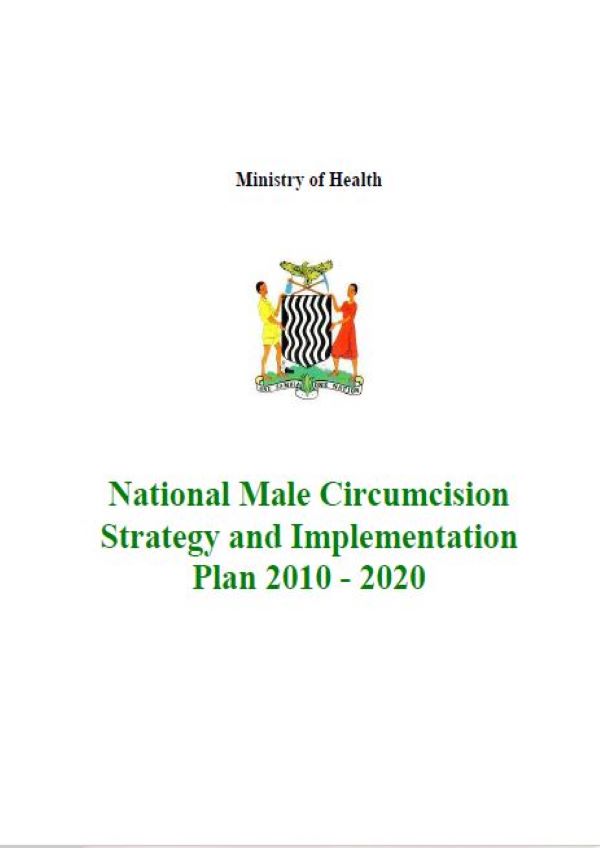
The goal of the National Male Circumcision Strategy and Implementation Plan is to make high-quality, safe male circumcision services accessible and available to all men and boys on a voluntary basis, achieving a male circumcision prevalence of 50 percent by 2020. To maximize the public health benefit in regard to HIV prevention, the plan aims […]
VMMC Demand Creation Assessment Tool
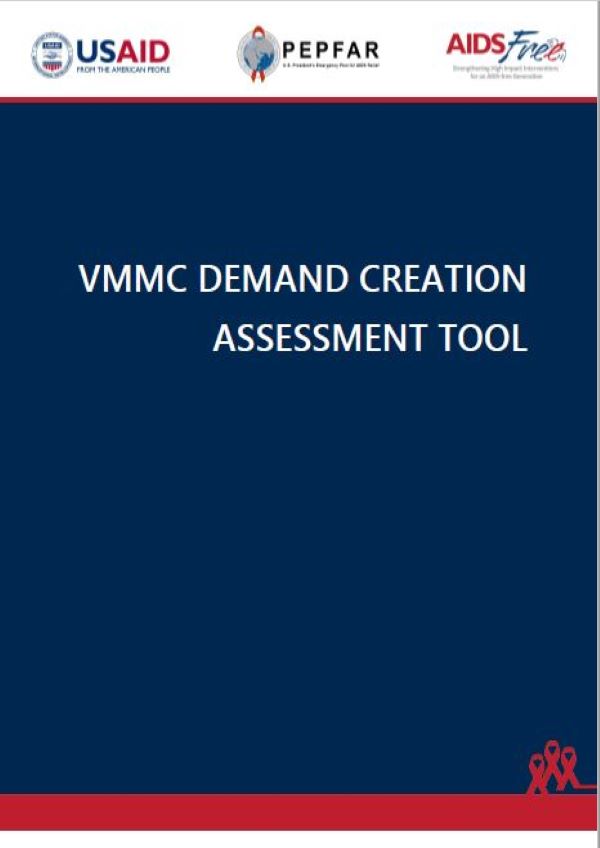
Based on experience in several priority countries and pilot-tested in Malawi and South Africa, this tool is designed to help users assess the quality of demand creation efforts in voluntary medical male circumcision (VMMC) programs and identify areas for improvement.
PEPFAR’s Best Practices for Voluntary Medical Male Circumcision Site Operations: A Service Guide for Site Operations, Second Edition
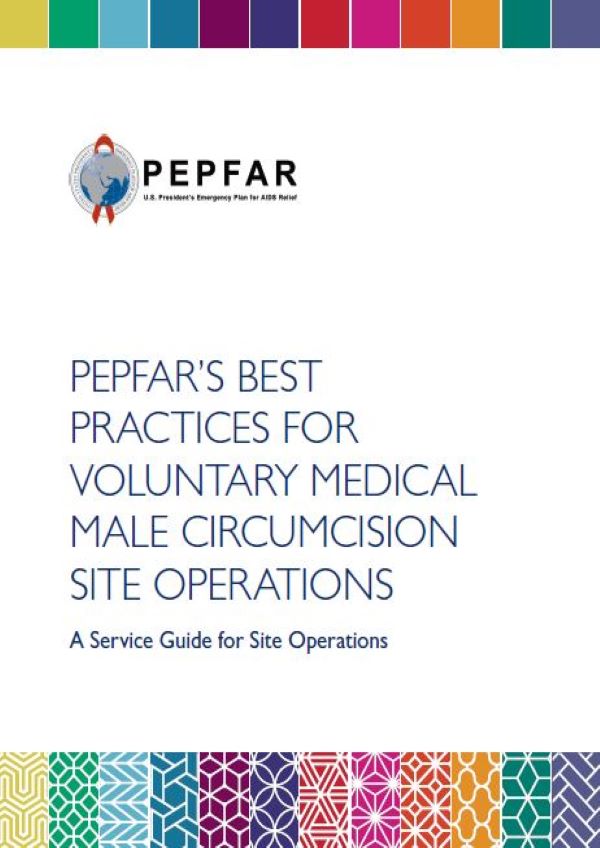
The second edition of this resource for site-level staff of implementing partners supported by the President’s Emergency Plan for AIDS Relief (PEPFAR) offers guidance on proven approaches to providing high-quality voluntary medical male circumcision (VMMC) services at the facility or site level.


